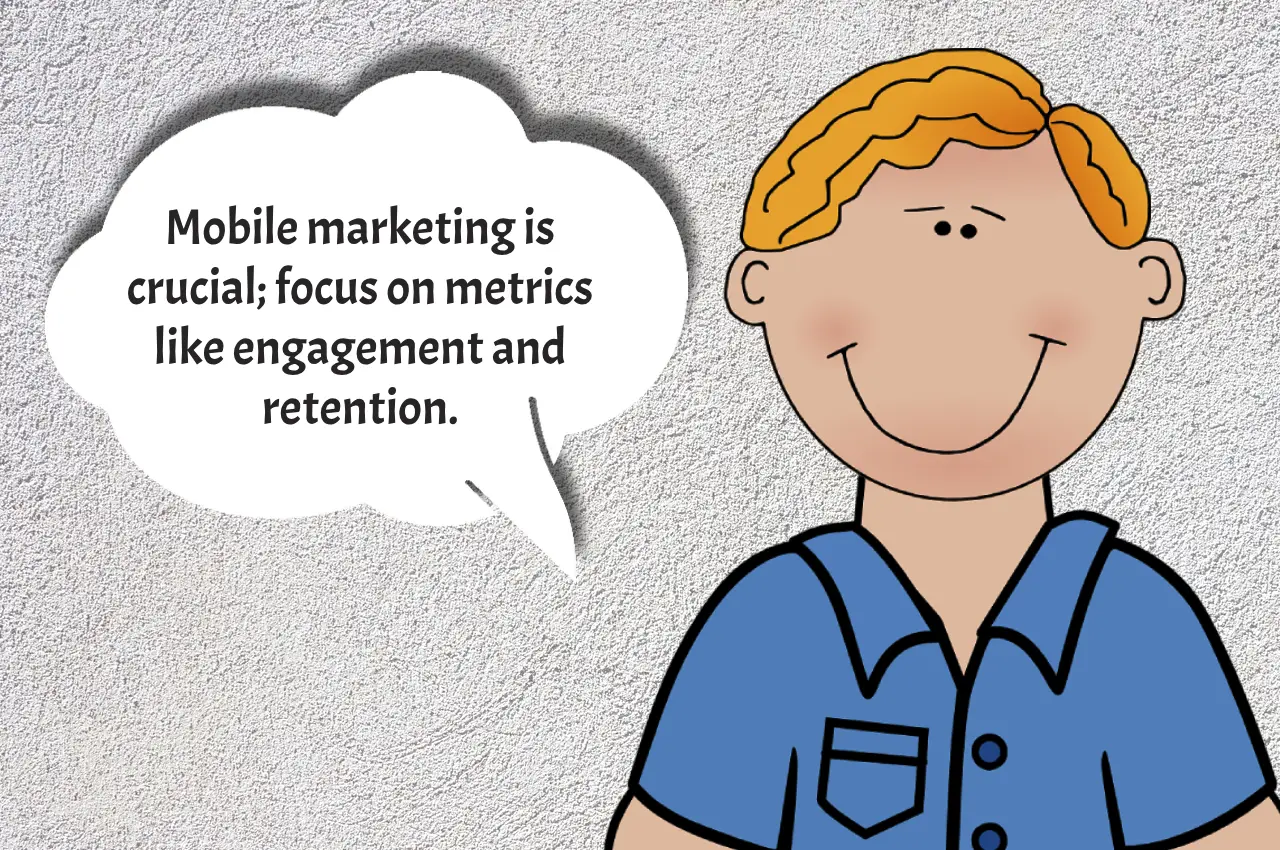Amidst the ever-evolving digital world, where traditional marketing strategies may fall short, Growth Hacker Marketing has emerged as a game-changer. This revolutionary approach combines creativity, analytics, and a relentless focus on growth to propel businesses to new heights. In this blog post, we’ll delve deeper into what Growth Hacker Marketing is, how it works, and why it’s essential for businesses aiming to thrive in the modern world.
Understanding Growth Hacker Marketing
Growth Hacker Marketing isn’t merely about marketing; it’s a mindset that challenges conventional norms. Traditional marketing often relies on massive budgets, long-term strategies, and brand building. Growth hacking, on the other hand, is agile, data-driven, and prioritizes rapid experimentation. Sean Ellis coined the term “growth hacker,” emphasizing the need for a specialized, data-driven approach to marketing.
The Growth Hacker Mindset
At its core, growth hacking is about finding unconventional, low-cost strategies to fuel rapid business growth. It’s a mindset that values results over processes and thrives on continuous iteration. Sean Ellis, in his journey with Dropbox, identified the need for a focused approach that prioritized measurable results over traditional marketing processes.
Key Principles of Growth Hacker Marketing
1. Product-Market Fit
Before embarking on any growth hacking journey, it’s crucial to ensure that the product or service aligns perfectly with the market’s needs. Dropbox’s early success can be attributed to its laser focus on solving a real problem for users—easy file sharing. By understanding their users’ pain points, Dropbox created a product that seamlessly integrated into users’ lives, leading to widespread adoption.
2. Data-Driven Decision Making
Data is the cornerstone of growth hacking. Every strategy, every tweak, and every campaign is informed by data analysis. Airbnb, for instance, used data to identify and optimize high-performing property listings, enhancing the overall user experience. This emphasis on data-driven decision-making allows growth hackers to make informed choices and adapt strategies in real-time.
3. Rapid Experimentation
Growth hackers embrace a mindset of constant experimentation. Airbnb famously experimented with their homepage, testing different designs and elements to discover what resonated best with users. This iterative approach enables growth hackers to fine-tune strategies based on real-time feedback, fostering continuous improvement.
4. Virality and Referral Loops
Encouraging users to share your product can lead to exponential growth. Dropbox achieved this by implementing a simple yet ingenious referral program. Users who referred friends received extra storage space, creating a viral loop that fueled user acquisition and solidified Dropbox’s position in the market.
Real-Life Examples of Growth Hacker Marketing
Dropbox: The Referral Masterstroke
In its early days, Dropbox faced tough competition in the cloud storage market. The turning point came when they implemented a simple yet ingenious referral program. Users who referred friends received extra storage space, leading to explosive user acquisition and solidifying Dropbox’s position in the market. This viral referral strategy not only helped Dropbox grow exponentially but also showcased the power of user-generated advocacy.
Airbnb: Leveraging Craigslist
Airbnb faced the challenge of attracting both hosts and guests. To overcome this, they tapped into existing communities on Craigslist. By cross-posting Airbnb listings on Craigslist, they reached a broader audience and kickstarted their growth. This unconventional approach demonstrated the importance of leveraging existing platforms and communities to amplify brand reach and achieve rapid growth.
Challenges and Criticisms
While Growth Hacker Marketing has proven successful for many, it’s not without its challenges. Critics argue that the emphasis on rapid growth can sometimes compromise long-term sustainability and brand integrity. Striking the right balance between growth and maintaining a positive brand image is an ongoing challenge for growth hackers. Airbnb faced backlash for its aggressive growth tactics, highlighting the delicate balance between growth and maintaining a positive brand reputation.
The Future of Growth Hacker Marketing
As the business landscape continues to evolve, so does Growth Hacker Marketing. The fusion of technology, data analytics, and creativity will shape the future of growth hacking. The ability to adapt quickly to changing trends and consumer behavior will remain at the forefront of successful growth hacker strategies. The rise of artificial intelligence and machine learning will likely play a significant role in optimizing and automating growth strategies.
Embrace Growth Hacking for Success
In a world where innovation and agility are paramount, Growth Hacker Marketing stands out as a dynamic and effective approach. By embracing the growth hacker mindset, businesses can uncover unconventional strategies, optimize user experiences, and achieve remarkable growth. It’s not just a set of tactics; it’s a mindset that fosters a culture of innovation and adaptability.
Have you experienced the power of Growth Hacker Marketing in your business? Share your thoughts and stories in the comments below! Let’s spark a conversation on propelling businesses to new heights through innovative growth strategies.





